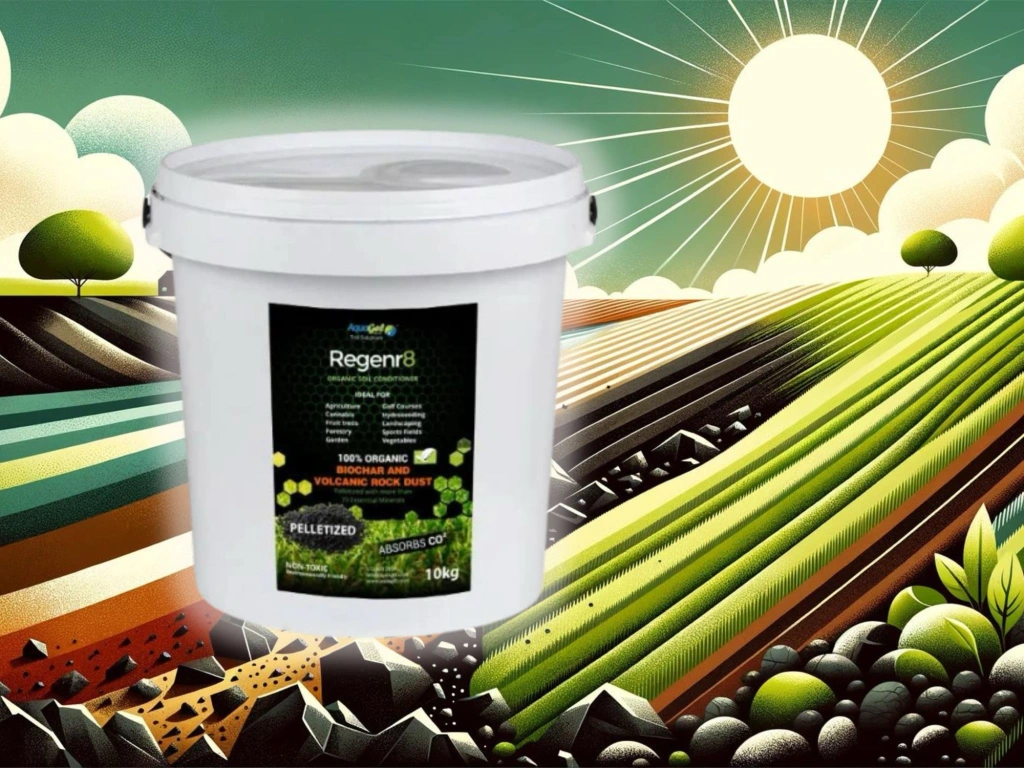Rashid, Raghav, et al (2024) Biochar as a sustainable additive in cementitious composites: A comprehensive analysis of properties and environmental impact. Industrial Crops and Products, Vol 209. https://doi.org/10.1016/j.indcrop.2024.118044
The construction industry, a major source of CO2 emissions, needs sustainable solutions. Biochar, a carbon-rich material from biomass, emerges as a promising alternative for cement in concrete. This study explores the potential of two biochar types: commercially available Junglee Keekar (JK) and laboratory-made Rice Stubble (RS).
Key Findings:
- Compressive Strength: RS biochar significantly outperforms JK biochar and the control mix, exhibiting substantial strength gains at all testing ages. At 28 days, the JK5SP0.5 mix (5% JK biochar, 0.5% superplasticizer) still surpasses the control by 23.07%.
- Water Absorption: JK biochar-incorporated mortars generally absorb more water, especially at lower concentrations.
- Drying Shrinkage: Both biochar types exhibit higher shrinkage at higher concentrations.
- Flexural Strength: JK biochar improves flexural strength, becoming more significant over time.
- Workability: Decreases with increased biochar content, with lower concentrations offering slightly better workability.
- SEM/XRD Analyses: Show no disruption to the binding material’s structure and compatibility with biochar.
Significance
This research emphasizes the impact of biochar type and concentration on material characteristics and environmental performance. RS biochar appears to be a superior choice for enhancing compressive strength while both types hold promise for sustainable construction.
The findings contribute to eco-conscious building practices, aligning the construction industry with sustainability goals.
Opportunities for Further Research:
- Explore the long-term performance of biochar-incorporated concrete.
- Investigate the cost-effectiveness and environmental impact of RS biochar production.
- Develop optimized biochar blends for specific construction applications.
This research paves the way for biochar to become a key player in sustainable construction, reducing the industry’s carbon footprint and creating a greener future for the built environment.







Leave a comment